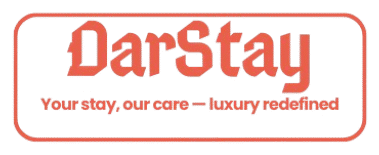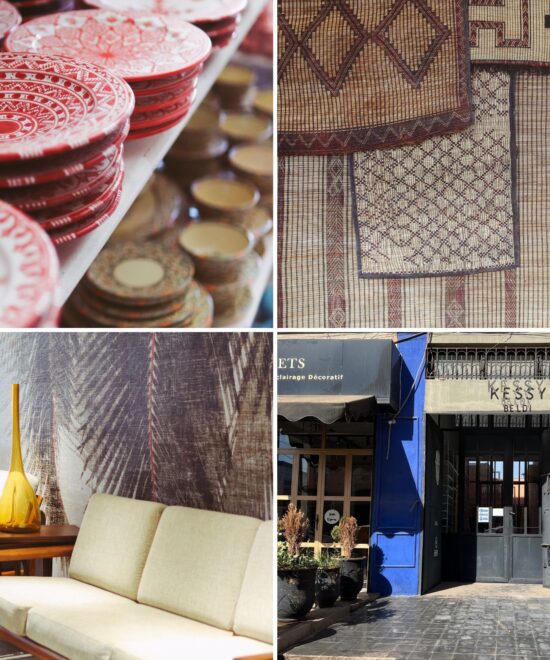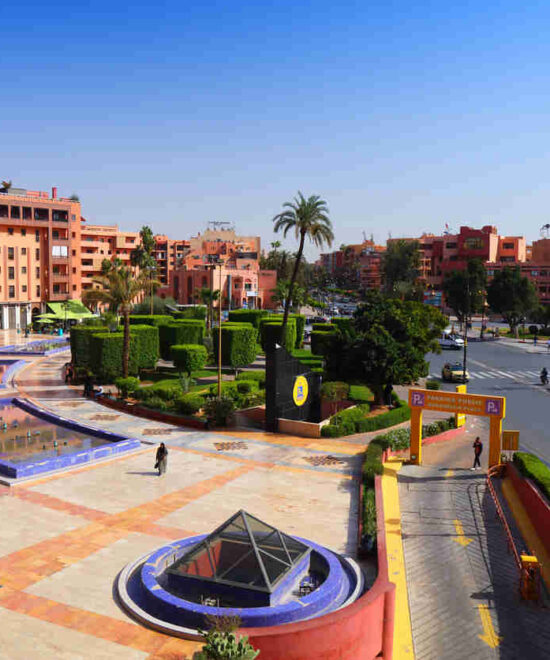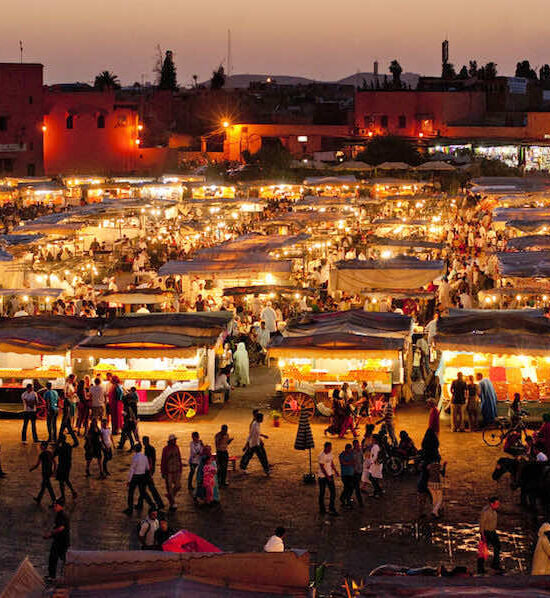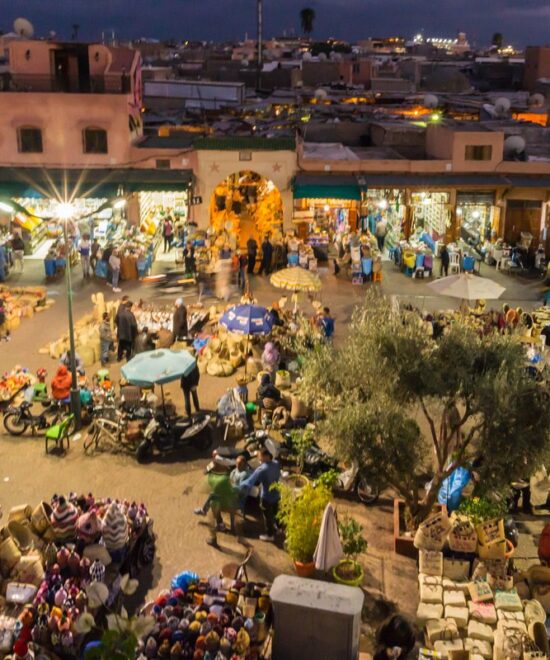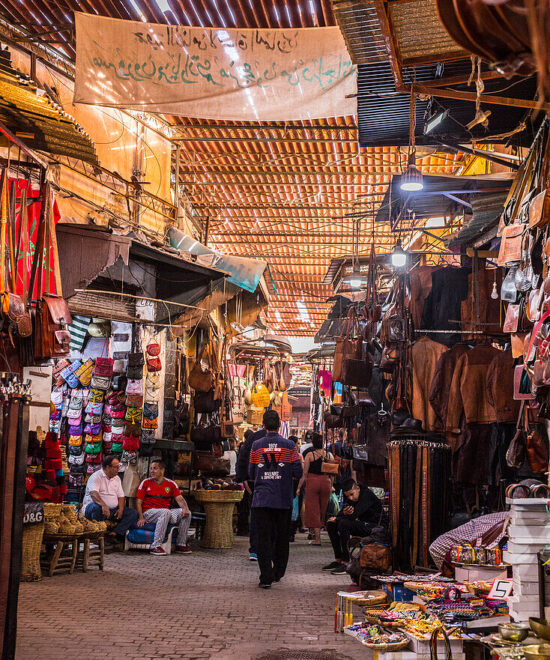- Marrakech , Morocco
- Hi@darstay.com

Souks of the Medina
🌟 A Labyrinth of Treasures
Walking into the souks is like entering another world. The narrow, winding alleys are lined with stalls overflowing with:
Spices: saffron, cumin, cinnamon, and the famous Moroccan ras el hanout.
Leather goods: babouches (slippers), bags, and hand-stitched poufs.
Lanterns & lamps: intricately designed metalwork glowing with light.
Carpets & textiles: Berber rugs, woven blankets, and vibrant fabrics.
Jewelry & antiques: silver, brass, and artisanal crafts passed down through generations.
Every corner offers a surprise, from artisans hammering copper to the aroma of freshly baked bread wafting through the air.


🏛️ History & Heritage
The souks of Marrakech date back nearly a thousand years, when the city became a major trading hub between the Sahara, sub-Saharan Africa, and Europe. Over the centuries, guilds formed, with each trade occupying its own section — a tradition still visible today.
Souk Semmarine: for textiles, clothing, and shoes.
Souk Haddadine: the blacksmiths’ quarter, full of metalwork.
Souk Chouari: the woodworkers’ district, selling carved furniture and utensils.
Souk El Attarine: a fragrant lane of perfumes and spices.
This structure reflects the Medina’s organization and showcases Marrakech’s deep artisanal roots.
💡 Tips for Visitors
Haggle politely: Bargaining is expected — start low and enjoy the process.
Go with a guide: To avoid getting lost and to learn about crafts.
Visit early or late: Mornings are calmer, evenings are atmospheric.
Cash is king: Many shops don’t accept cards.
🕒 Practical Information
Location: Inside the Medina, north of Jemaa el-Fna Square.
Opening Hours: Generally from 9:00 AM to 8:00 PM, though times vary.
Best Time to Visit: Late afternoon for golden light and lively atmosphere.
✨ Conclusion
The souks of the Medina are not just about shopping — they are about experiencing Marrakech’s soul. Every alley tells a story, every product reflects heritage, and every interaction is a window into Moroccan life. For DARSTAY guests, a stroll through the souks is an essential part of discovering the city’s heartbeat.
